How to Test Lube Oil (Lubricating Oil) Onboard Ship?
Machinery onboard ships need lubrication of some kind for smooth and efficient running. This is achieved by using different grades and types of lubricating oils which are stored in designated lube oil tanks or in drums or receptacles.
As for the machinery spares, lube oil also has a limited period of operation after which it must be renewed with a fresh lot. The renewal is decided by the property of the lube oil, type of machinery it is used for and type of conditions it is used in. Apart from renewal after given running hour, the lube oil must be checked and tested for its quality and purity.
Why Lube Oil Testing?
As discussed in our article on Lube oil Properties, to maintain these properties while in operation the lube oil must be checked time to time both on board and in shore laboratory.
Following are the point for which lube oil tests are carried out:
- To monitor the deterioration of oil with time
- To check for contamination with other oil, water and bacterial attack
- To avoid damage to the lubricating part of the machinery
- To determine any leak or source of contamination of oil
- To understand the performance of the supplied lube oil
Hence lube oil for important systems like main propulsion plant, auxiliary engines, air compressors, steering gear etc. must be checked as described by the company. It may vary from every 15 days or once in a month for onboard lube oil tests.
The lube oil must be sent ashore every three months for special laboratory tests such as spectro-analysis.
Taking Sample for Tests
The onboard lube oil tests are carried out by taking samples from the sampling point, which should be located after the system, with the system in running condition. Before taking the sample, oil must be drained so that stagnant oil in the sampling point is removed.
The sample must be kept within control room for cooling it down to normal atmospheric temperature. While doing this, the lid on the sample bottle must be half open else vapour condensing during cooling process will get back into the sample.
Onboard Lube Oil Tests
For all types of lube oils on ships, following Lube oil tests are carried out:
1. Water Content test
5 ml of sample is taken inside digital water content meter mixed with 15 ml of reagent containing paraffin or toluene. Before closing the lid of the digital meter, a sealed sachet containing calcium Hydride is kept and container closed tight. The meter is shaken by hand and the pressure rise due to the chemical reaction in the test container is shown as water percentage in the digital display.
2. pH Test
It is done by using a pH paper which changes colour once in contact with oil and it is then compared with standard values. This test determines the reserve alkalinity of the oil sample.
3. Viscosity Test
This test is performed by using a Flow stick in which two paths are provided for flow of oil side by side. In one path fresh oil is filled and in other side path used sample oil is filled. Now the flow stick is tilted allowing oil on both paths flowing in the direction of the tilt due to gravity. A finish point is provided along with reference points along the flow stick and the position of used oil is checked when fresh oil reaches the finish point.
This method shows the contamination of lube oil which may be due to diesel oil, heavy oil or sludge resulting in change in viscosity.
4. Spot test
In this test a drop of lube oil is put on the blotter paper and it is then dried for few hours. The dry spot is then compared with the standard spot available which determines the insoluble components in lube oil.
5. Flash point test
This is performed by using Pensky Martin closed cup apparatus which determines the temperature at which the vapour will flash up when an external ignitable source is provided. As per the regulation, this apparatus generally carried on passenger ships.
6. Water Crackle test
It is another method of determining water presence in the lube oil where the oil sample drops are heated in an aluminium container over a flame. If water is present crackling sound will come.
A regular lube oil monitoring will ensure that machinery will run in good condition and will also give any warning of deterioration in advance which will avoid sudden breakdowns and save spare costs.
You may also like to read-Ways of starting and testing emergency generator
Image Credits:
Kittiwake, maritimepropulsion
kittiwake, imimg, ttnet
Do you have info to share with us ? Suggest a correction
Latest Shipboard Guidelines Articles You Would Like:

About Author
An ardent sailor and a techie, Anish Wankhede has voyaged on a number of ships as a marine engineer officer. He loves multitasking, networking, and troubleshooting. He is the one behind the unique creativity and aesthetics at Marine Insight.
Subscribe To Our Newsletters
By subscribing, you agree to our Privacy Policy and may receive occasional deal communications; you can unsubscribe anytime.



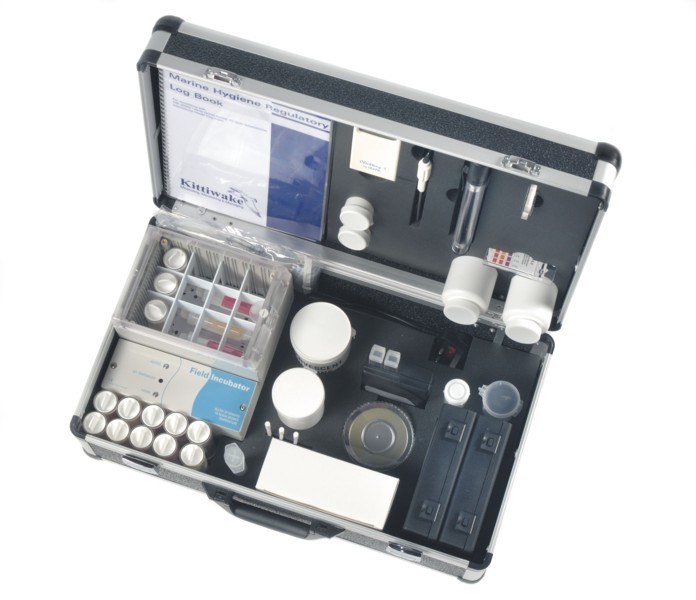

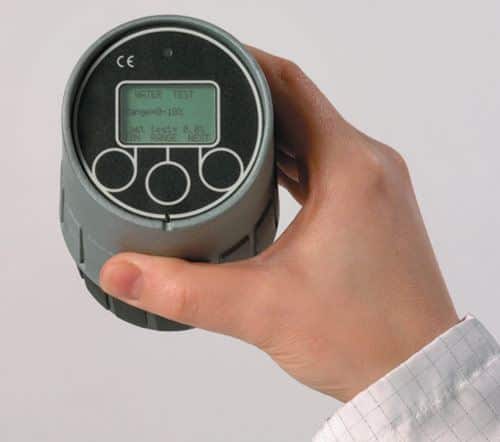
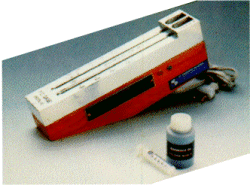
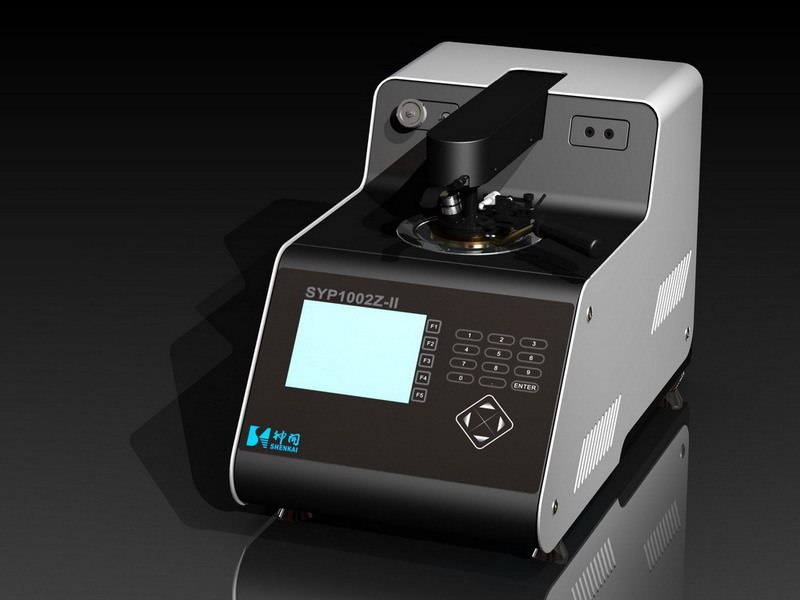
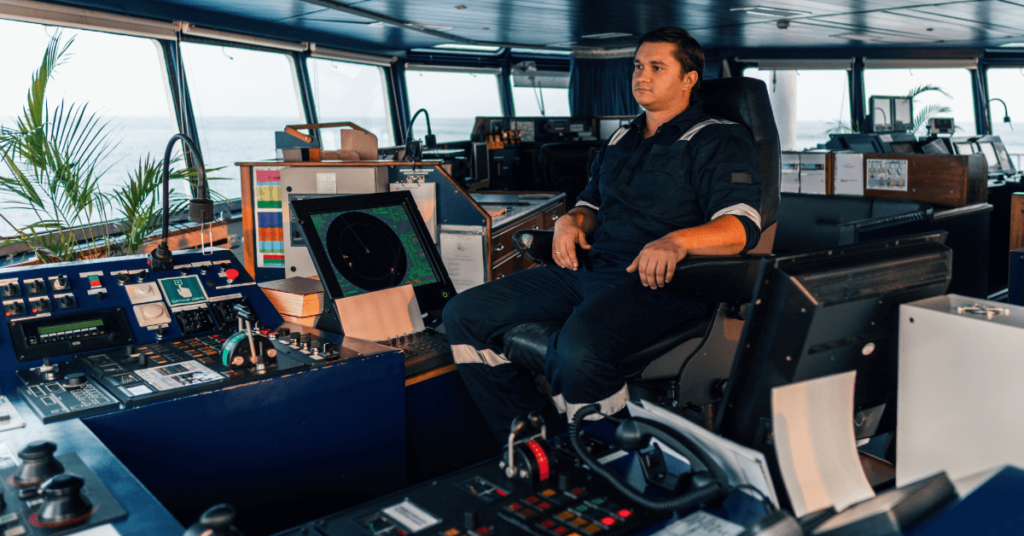
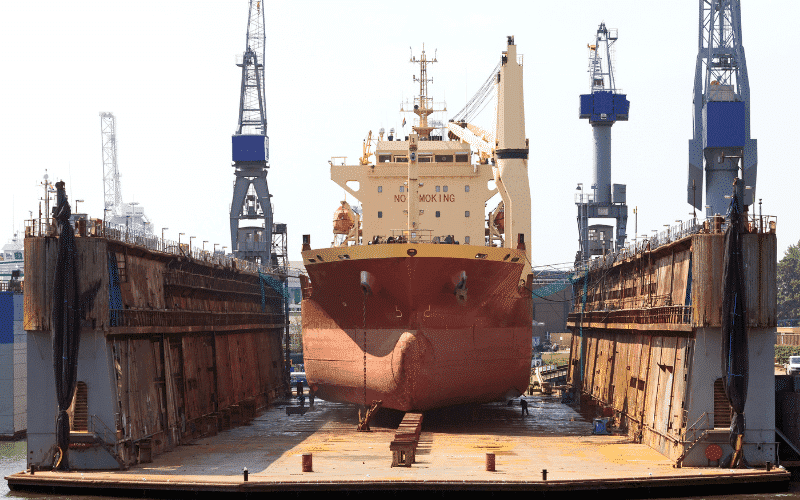











Dear Sir,
I was thinking about a machine with a hardened rod spinning at one end and another test piece held over the spinning shaft with weights added while oil is dropped in betwen the rubbing parts. the number weights added till the shaft stops sppining shows the oil quality.
Kindly give information about BN test. Specially chemical name and its quantity. Thanks in advance.
Kindly Advise best recommended running hrs to take the samples and doing the tests
Main Engine(slow & medium speed):
Stern Tube : ??
Auxiliary Engines : 6 months
ME Gearbox (where applicable) : ??
Other auxiliaries, hydraulic systems etc. ??
@Cyrus: The Lube oil testing of all the mentioned machinery will depend upon the makers’ recommendation. Generally on ship, a weekly or fortnightly routine is maintained to do onboard lube oil analysis.
The lub oil consumption of DG generator is going high. the crankcase is pressurised (pressure felt through sounding pipe) . how to determine which unit is having a blowpast.
(i took performance at full load & no load too ) but not much difference was recorded.
drops of oil coming from scavenge box too . (Daihatsu generators)
In 5th point (flash point), mention about that the pensky martin is kept onboard in passenger vessel as per regulation. Kindly give what is that regulation.?
What are the reasons and effects of HIGH as well as LOW BASE NUMBER for Under piston drain analysis.